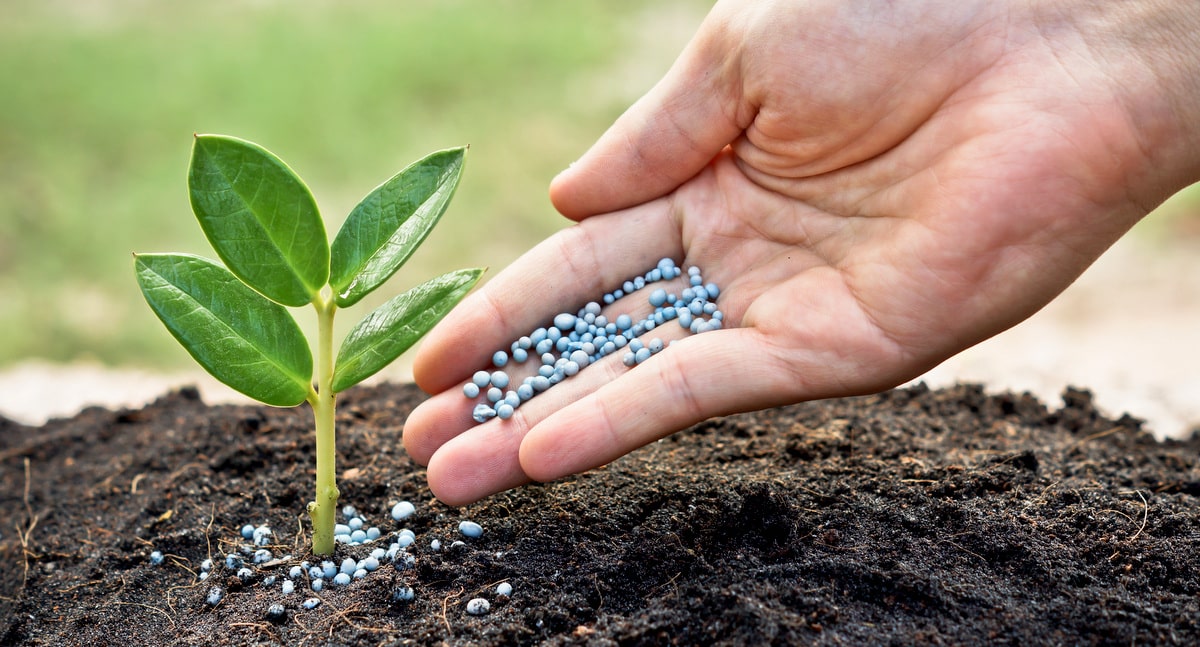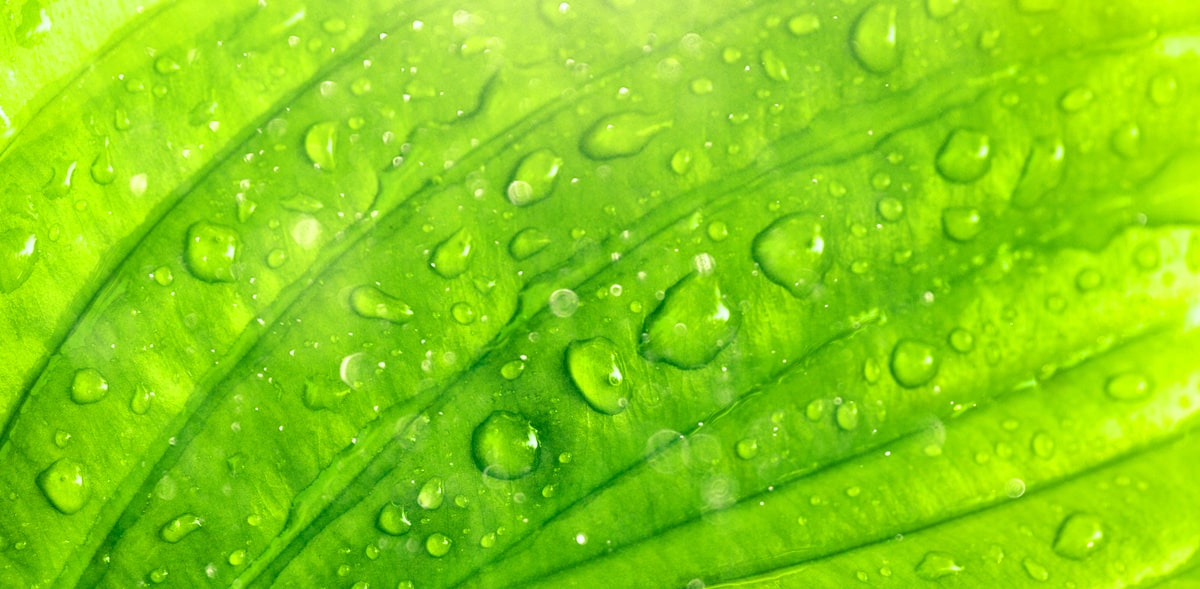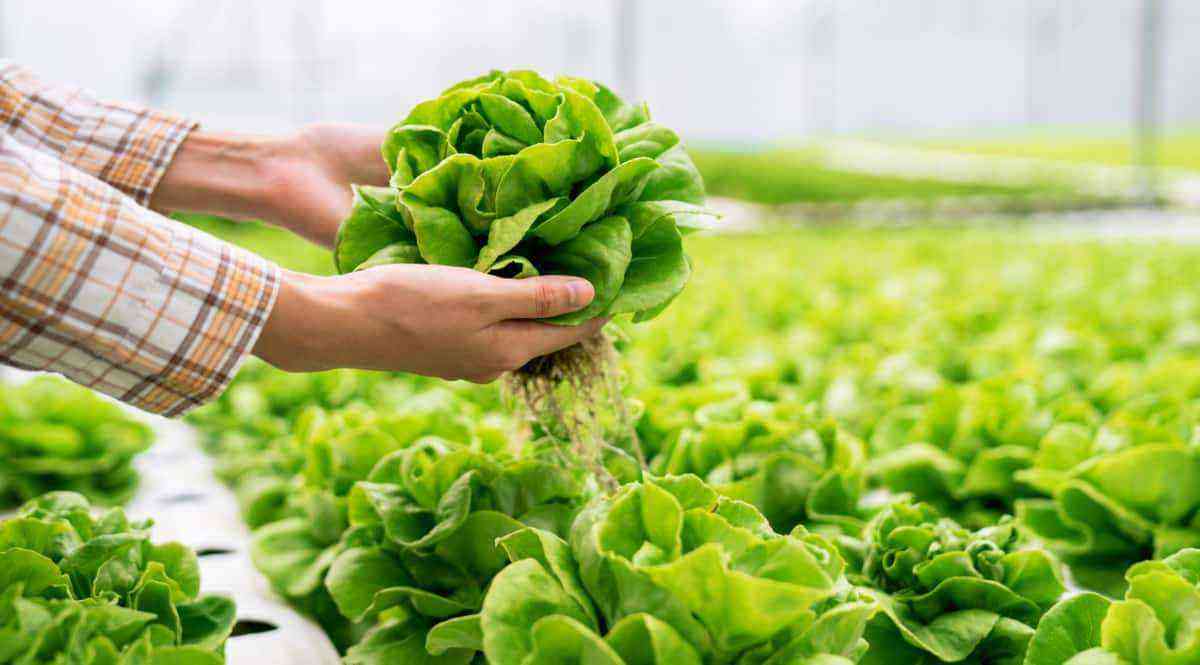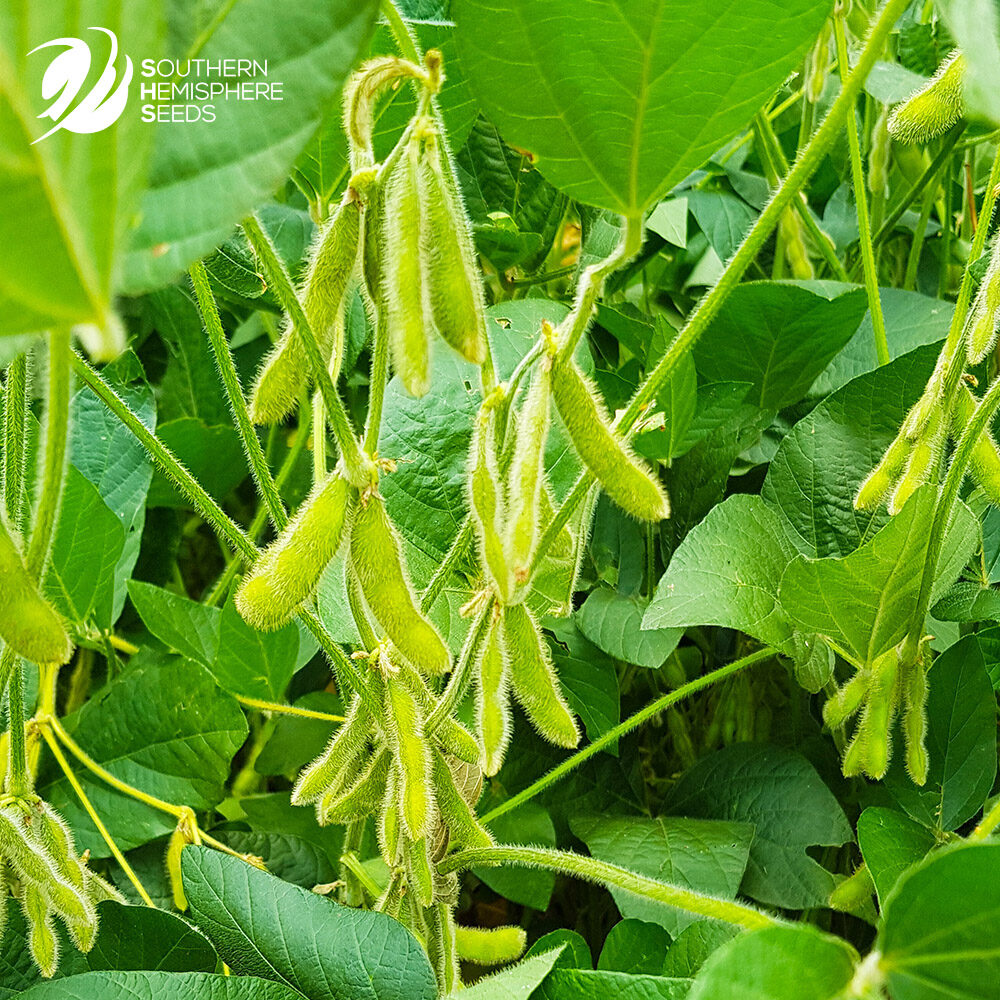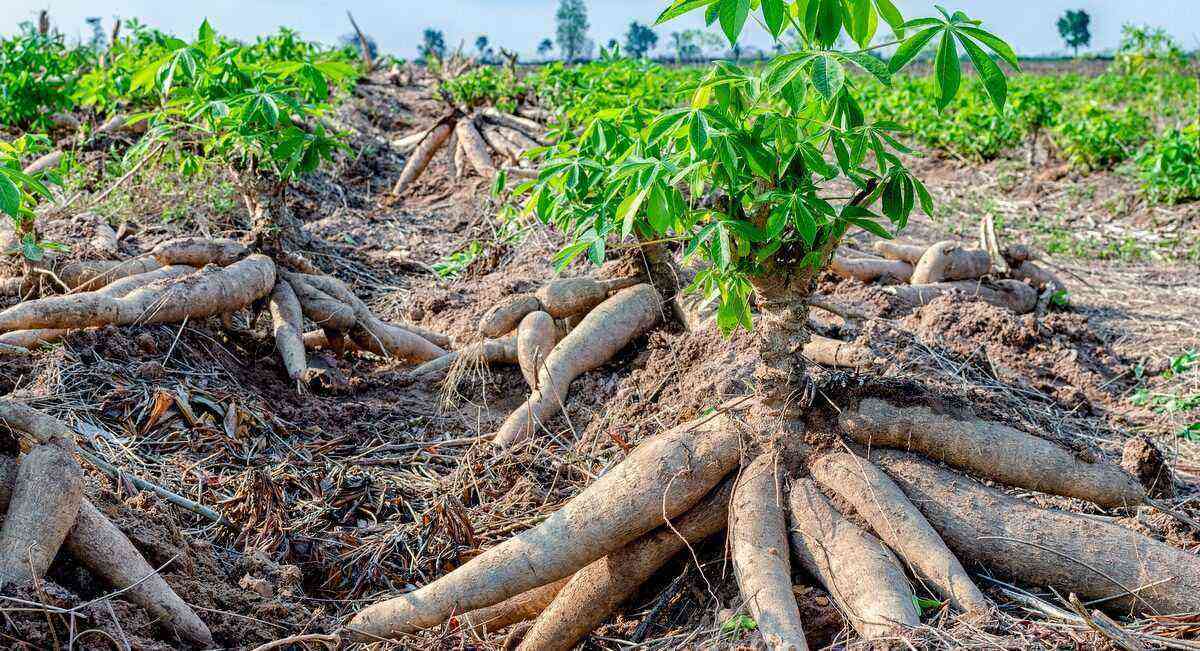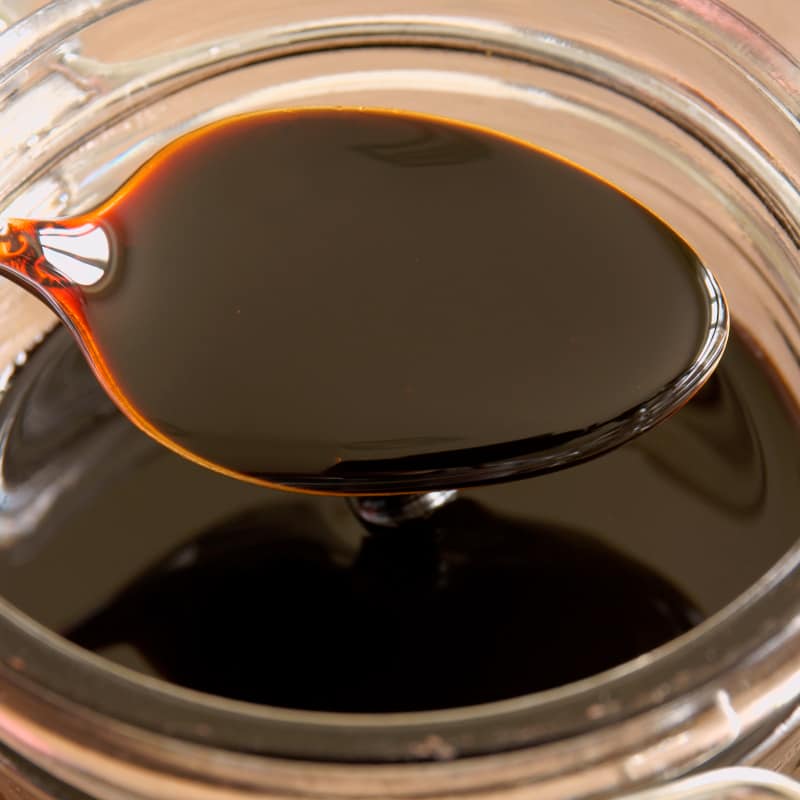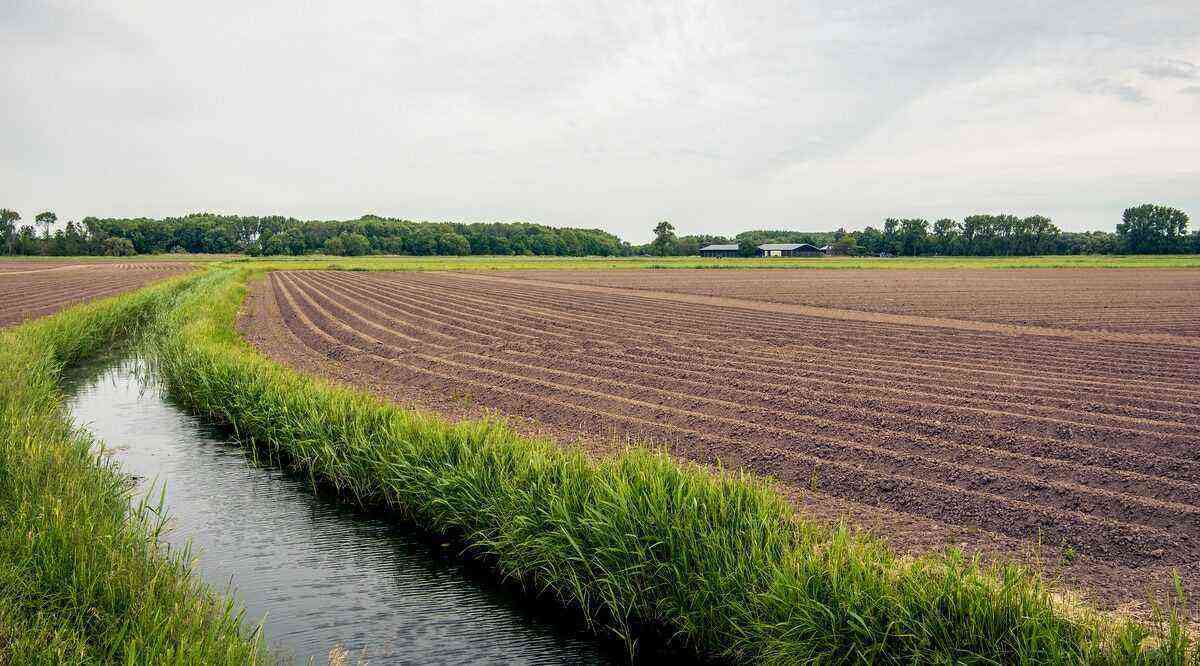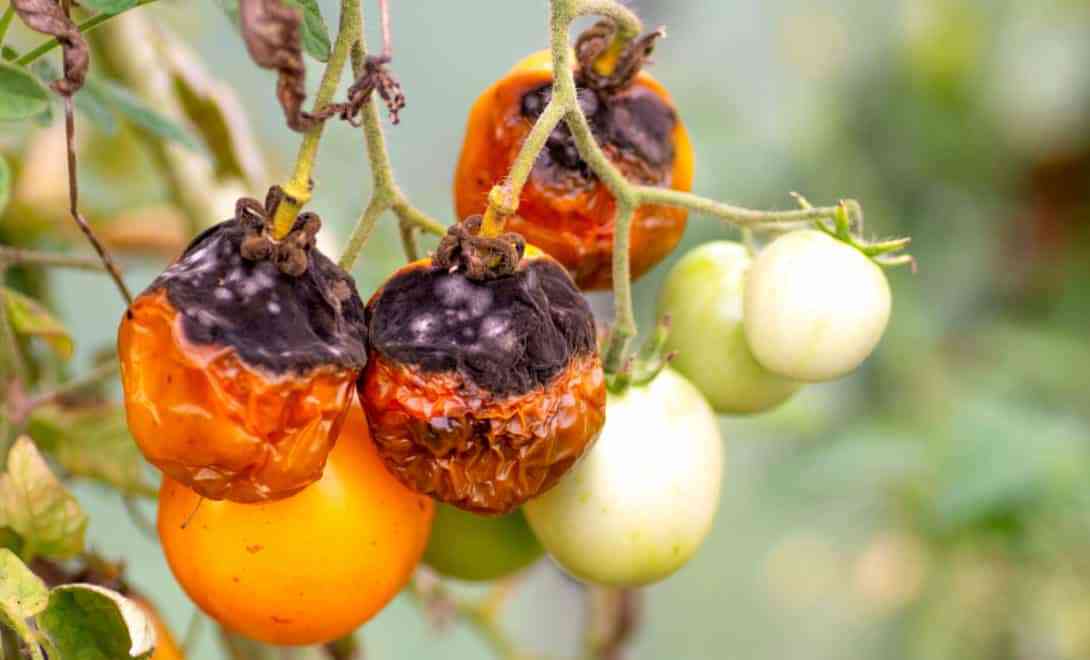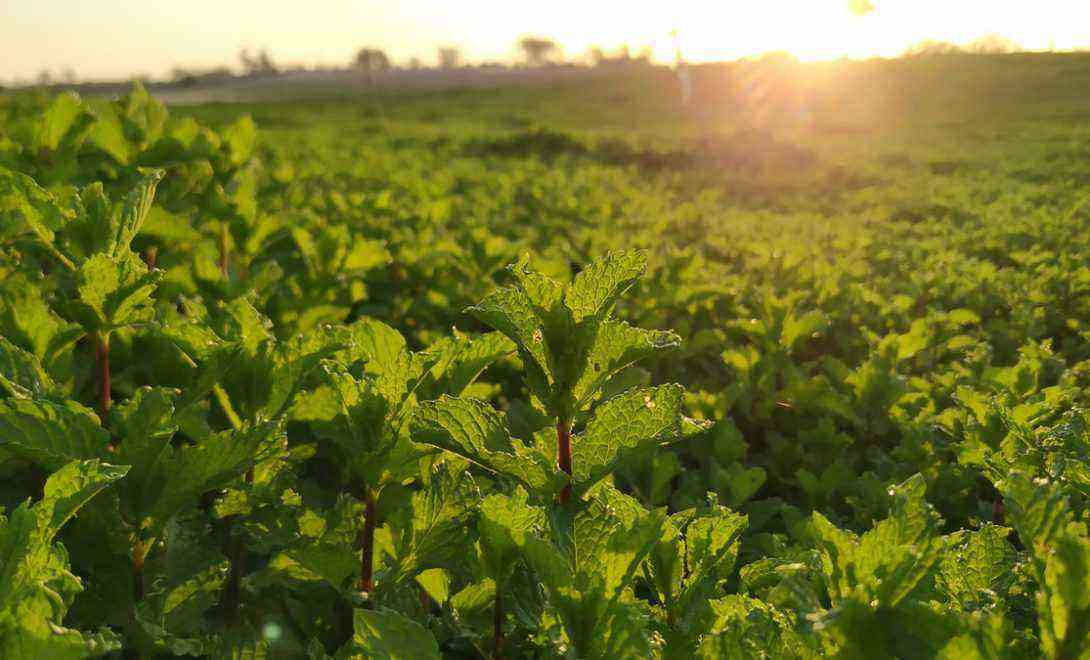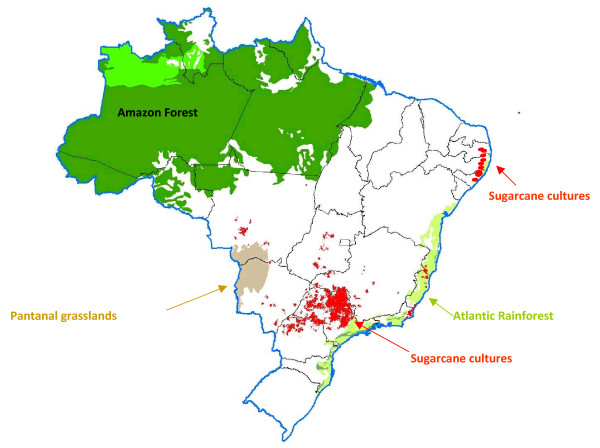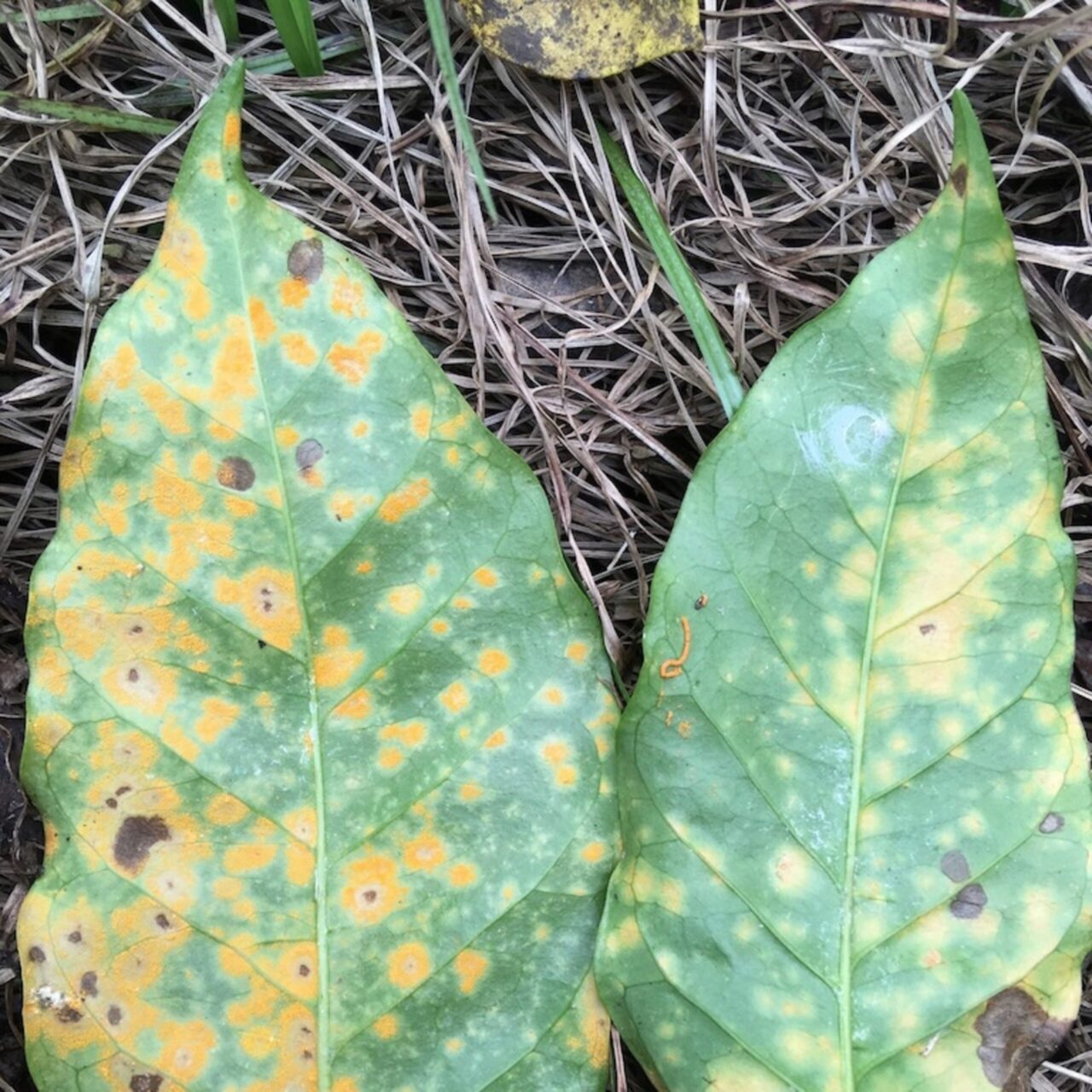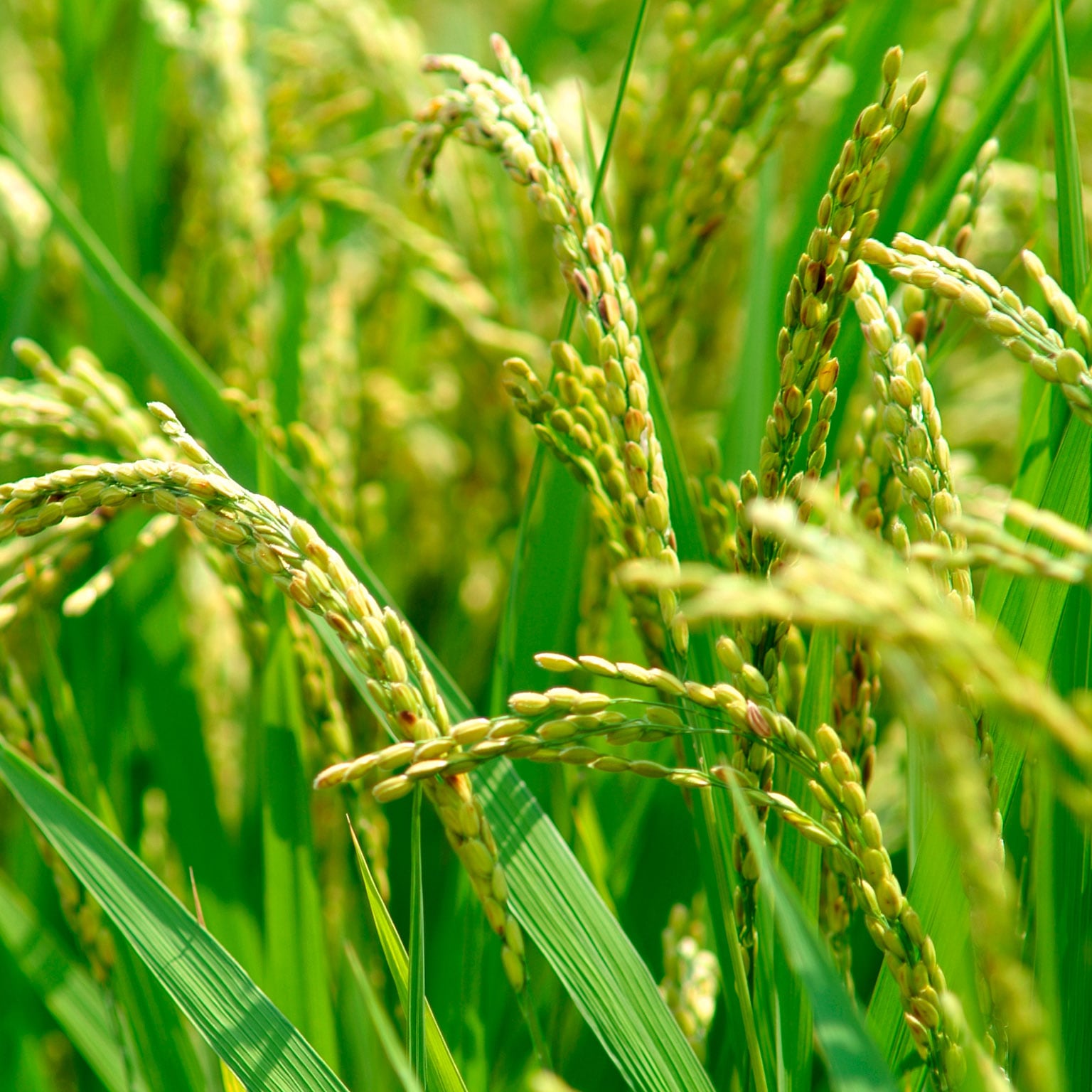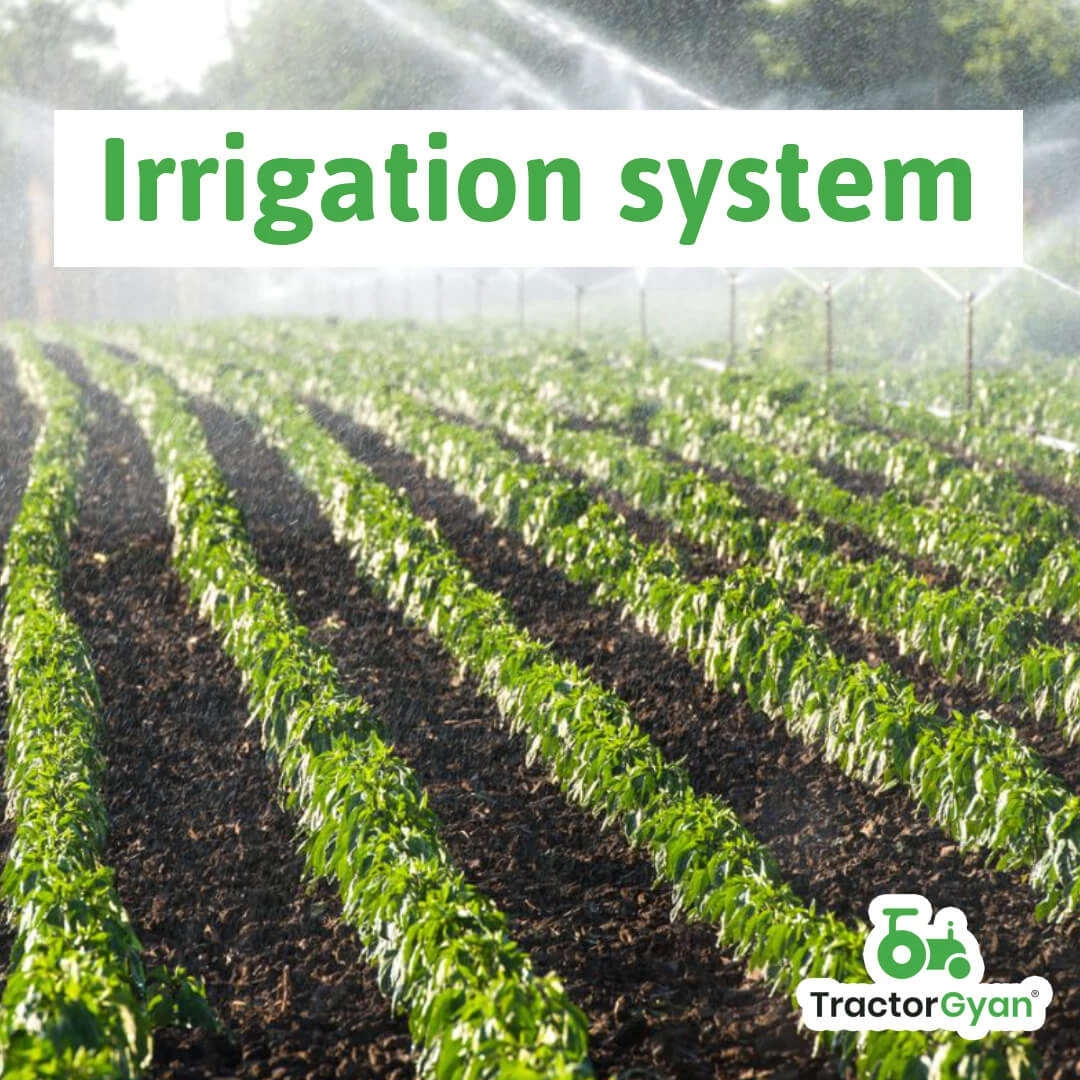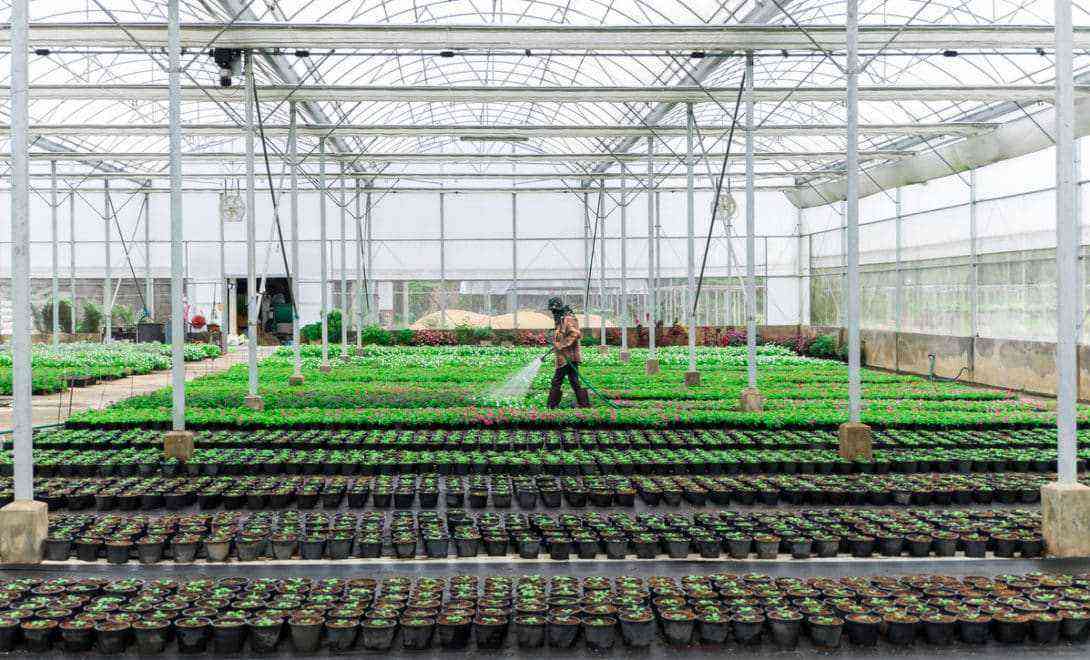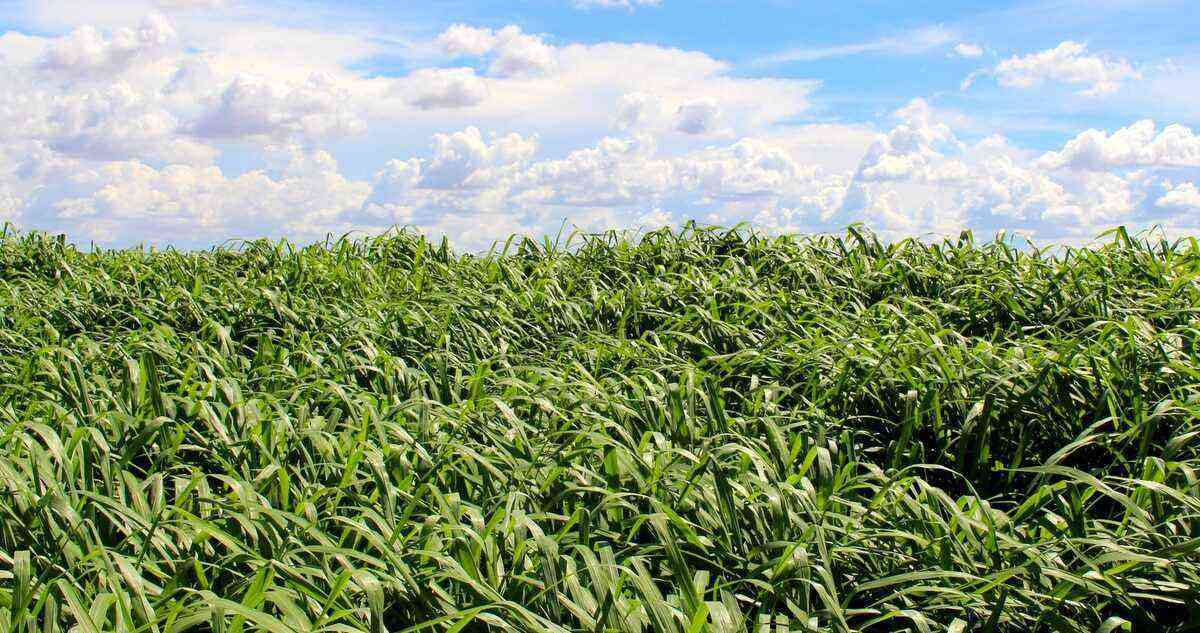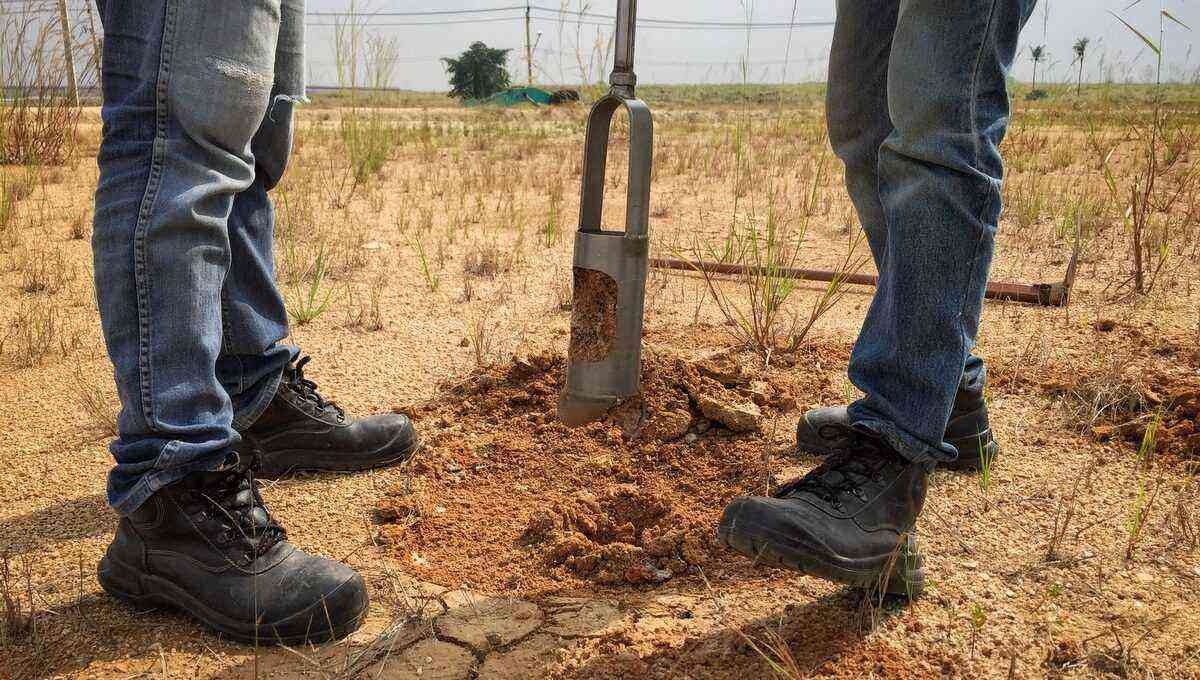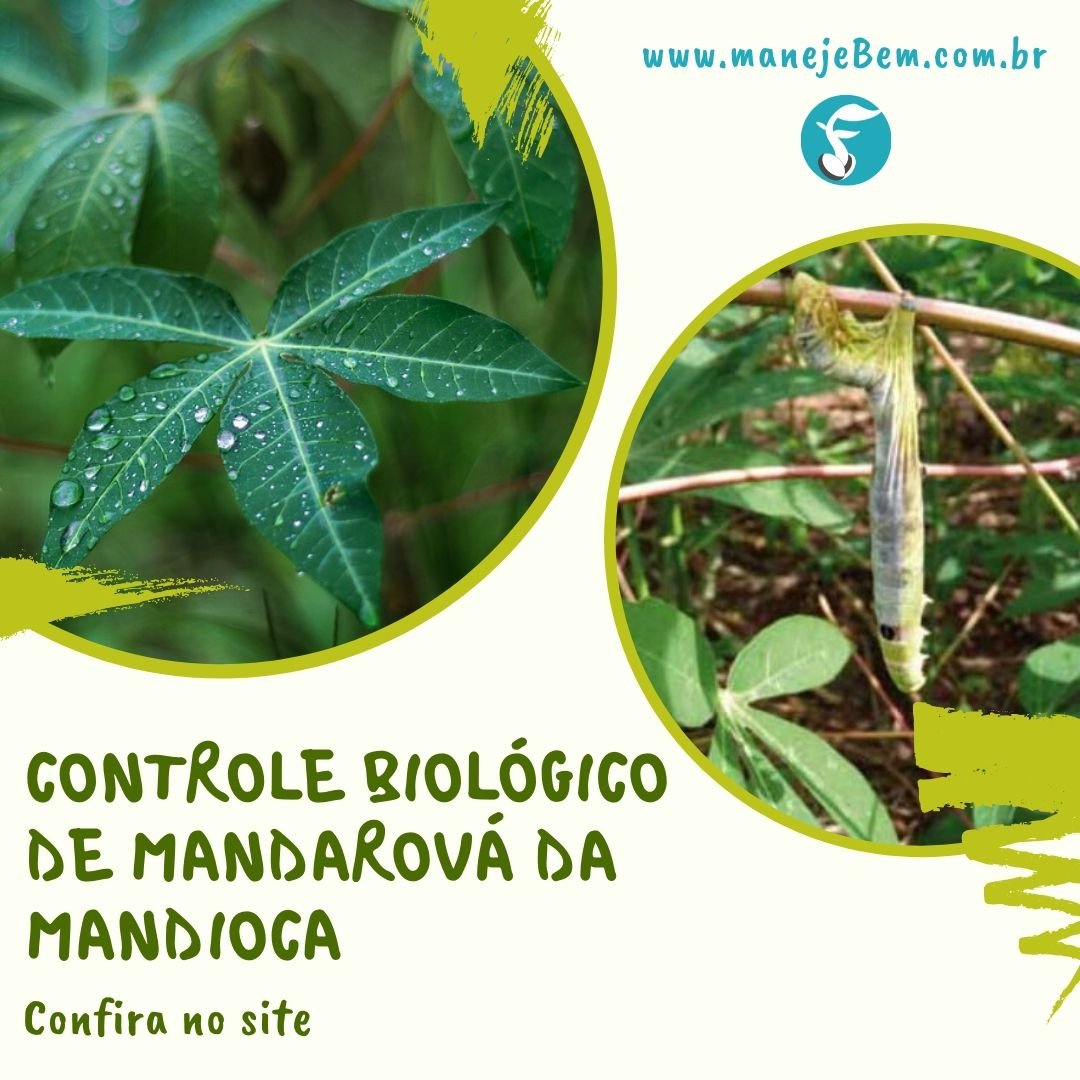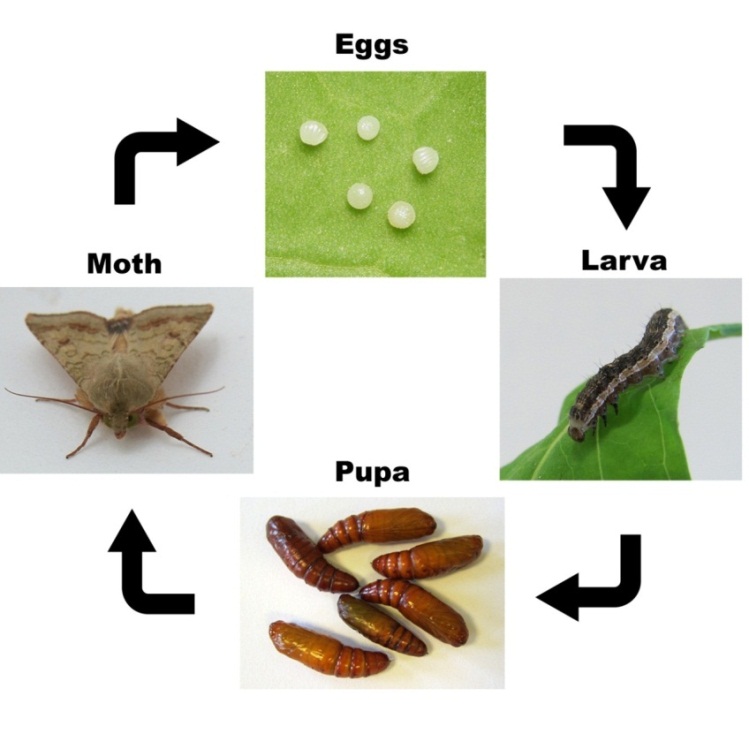Any type of plant needs various nutrients in order to stay alive and grow healthy, just like humans.
In order to understand a little more about this, it is important to cultivate a plant in the correct way, providing it with what it needs. In this sense, do you know what these nutrients are necessary for a plant to grow healthy?
See, in this article, what makes a plant grow healthy and get more knowledge about the soil and what plants need most!
Soil, water and sunlight help a plant to grow healthy
As we highlighted above, nutrients are essential for plants to develop in a healthy way. This happens through soil, water and sunlight, so these three things are indispensable.
Each type of soil has a different amount of nutrients and this amount is not always enough for a healthy plant to grow.
According to Dr. Hélio Grassi Filho, professor at the Department of Mineral Nutrition of Plants and Environmental Resources at Unesp, in Botucatu, nutrients are the basis of the food chain.
“It is the nutrients, which regulate the metabolism of the plant, which form the basis of plant production to directly feed man or livestock and, consequently, indirectly feed man with animal protein.”, affirms the specialist.
The plant finds food in the soil, through two types of nutrients, the macronutrients and os micronutrients. In fact, both are chemical compounds that allow the plant’s metabolism to work efficiently, nourishing the cells.
In order to better understand each one, see below what they are and the amount needed for the plants to remain healthy.
Learn about macronutrients
Macronutrients are some of the elements that any type of plant needs and they must be in sufficient quantity in the soil. They are responsible for development as well as the formation of fruits, leaves and flowers.
Some of the main macronutrients are:
- Potassium;
- Nitrogen;
- Phosphor;
- Calcium;
- Magnesium;
- Sulfur.
The ideal balance of macronutrients in the soil is essential and, with this, guarantee a better development of the plant in a healthy way.
If there is not the necessary amount in the soil, it is necessary to replace it with sustainable fertilizers recommended for the specific type of plant, so that it can grow healthy.
What are the micronutrients for a plant to grow healthy?
In addition to macronutrients, micronutrients are also essential in the full growth of a plant.
Unlike the elements mentioned in the previous topic, micronutrients are needed in very small amounts in the soil, and are not abundant.
The main ones are:
- Chlorine;
- Boron;
- Prayer;
- Copper;
- Zinc;
- Iron;
- Manganese.
These elements are also present in fertilizers used in order to make the soil richer in nutrients and provide healthier plant growth.
Process of nutrient absorption by the plant
In addition to plants needing a soil with all the nutrients mentioned above, they alone cannot provide a healthy life for the plant. It also needs water.
Water manages to dissolve nutrients from the soil and, in this way, the roots do the absorption, transporting nutrients to all parts of the plant.
Through photosynthesis, the plant absorbs sunlight, transforming water and carbon dioxide into oxygen and nutrients, and thus developing in a healthy way.
After that, chlorophyll, present in the leaves and other parts of the plant that are exposed to the sun, absorbs sunlight in a process known as photosynthesis.
Photosynthesis converts carbon dioxide and water into sugars, which are food for plants, using sunlight as a source of energy. Therefore, in this process, the water molecule is split into hydrogen and oxygen atoms.
Therefore, the sun is also another essential element for this whole process to occur efficiently and allow a plant to grow healthy.
Final considerations
Taking into account all that has been mentioned, we can understand that plants have needs similar to those of human beings, that is, for “food” such as absorption of water, nutrients and sunlight.
Yellowing occurs when there is little chlorophyll in the leaves and, therefore, the plant, until then healthy, cannot transform food into energy.
With this, following the guidelines above, you will certainly be successful in your agricultural production, making the plants develop in a healthy way, through fertile soil and with sufficient amounts of water and sun.
No video below, meet 7 natural fertilizers that stimulate plant growth:
Source: So it does.
Speaking of nutrients for a plant to grow healthy, also check out our post on the use of rock dust in agriculture. Good reading!

